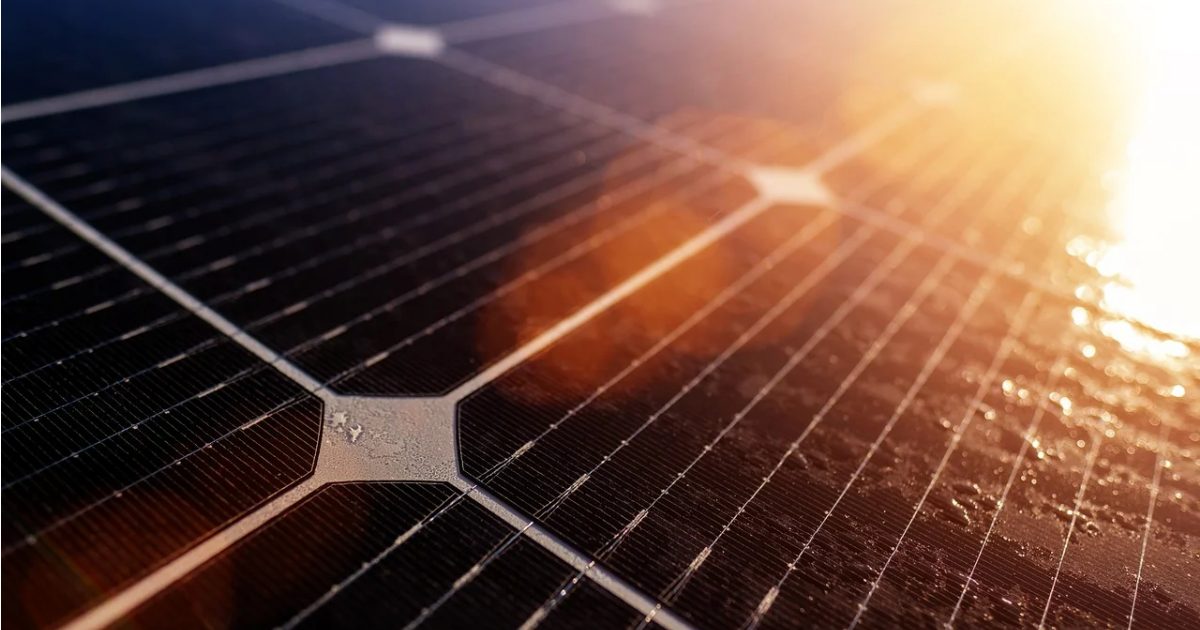
Updated data released last week by the Clean Energy Regulator shows it was another corker of a year for small-scale solar power in Australia.
The following indicates the number of new installations, upgrades to existing systems and off-grid systems that had Small-scale Technology Certificates (STCs) validly created in 2020. STCs form the basis of Australia’s hugely popular “solar rebate“, which is still available in 2021 (and still very generous).
- ACT: 4,963
- NSW: 101,224
- NT: 2,890
- QLD: 81,201
- SA: 33,145
- TAS: 3,068
- VIC: 62,885
- WA: 44,602
.. for a total of 333,978. However, a 12 month creation period for STCs applies under the Renewable Energy (Electricity) Act 2000, so the figures will continue to rise to some degree throughout this year.
2020’s results (so far) are up around 18% on 2019’s total of 283,952 systems. The best years were in 2011 (360,745) and 2012 (343,320), but the average capacity of systems has increased significantly since that time.
2020’s Top Solar Postcodes In Australia
The top ten postcodes for small-scale solar system installations during 2020 were:
| Postcode | Example localities | No. of systems |
| 3064 (VIC) | Craigieburn, Donnybrook, Mickleham | 2,115 |
| 3029 (VIC) | Truganina, Hoppers Crossing, Tarneit | 2,084 |
| 3977 (VIC) | Cranbourne, Sandhurst , Skye | 1,776 |
| 2765 (NSW) | Box Hill, Angus, Marsden Park | 1,688 |
| 6112 (WA) | Armadale, Bedfordale, Brookdale | 1,653 |
| 4551 (QLD) | Caloundra, Sunshine Coast, Moffat Beach | 1,645 |
| 2155 (NSW) | Beaumont Hills, Kellyville, Bella Vista | 1,605 |
| 6065 (WA) | Wanneroo, Wangara, Landsdale | 1,602 |
| 6210 (WA) | Mandurah and suburbs | 1,559 |
| 4670 (QLD) | Bundaberg and suburbs | 1,523 |
Given how close some of the numbers are, the rankings may change in the months ahead as straggler systems are registered. It works out these 10 postcode areas accounted for approximately 5% of all installations across Australia in 2020. There are around 2,800 postcode areas in AU and 2,535 recorded solar installations in 2020.
The popularity of small-scale PV in VIC was driven by the ongoing availability of the solar rebate in Victoria, which offers up to $1,850 in addition to the national solar subsidy that can also knock thousands off the up front cost of installing solar panels. According to SQ’s solar calculator, between the two incentives simple payback on a 6.6kW system installed in Melbourne can be achieved in around 3.25 years.
We reported last week December 2020 was the second biggest month ever for completed installations under Victoria’s Solar Homes program since it kicked off in August 2018.
While no SA postcodes made the top 10 for 2020, nor are any likely to, the leading postcode in South Australia at this stage was 5114 (Andrews Farm, Blakeview, Craigmore et al.), with a total of 799 systems.
Across Australia, 2,616,441 kilowatts of small-scale solar power capacity was registered in 2020 – close to 2.62 gigawatts. That’s a lot of power to and from the people!
According to the Clean Energy Regulator, 2,659,839 small-scale PV systems have been installed to date, for a total capacity just shy of 13 gigawatts. To give you an idea of how quickly Australia’s solar energy revolution has evolved in the last decade, there were just 198,208 systems registered at the end of 2010.

 RSS - Posts
RSS - Posts



Speak Your Mind